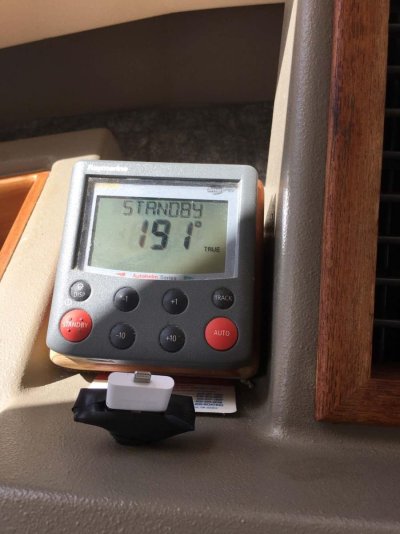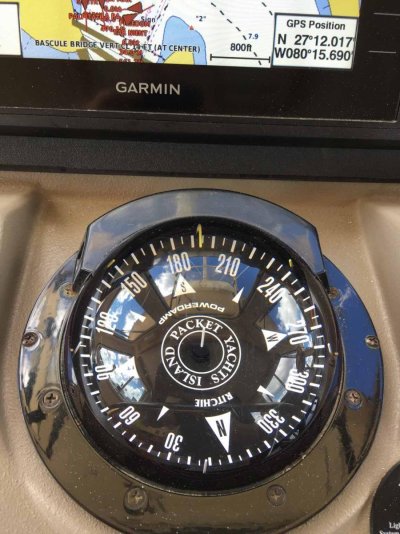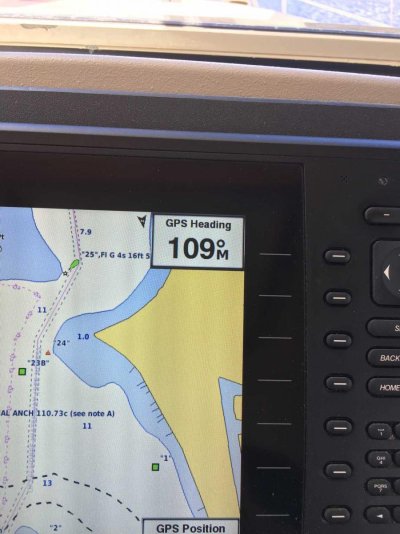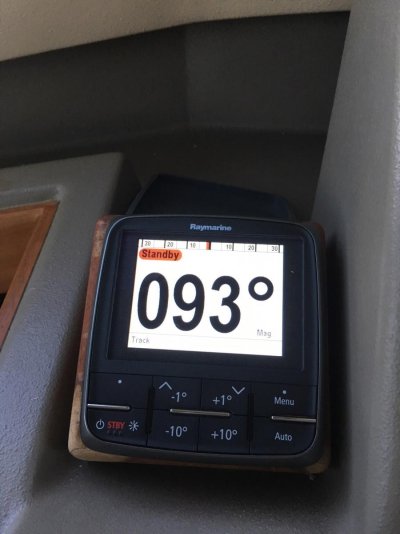How does the rudder reference connect to the AP? Is it a direct connection, or is it via NMEA 2000, or SeaTalk, or something else? I agree with Greg that a coincidence here is unlikely. If you know where the connections are, try disconnecting the new equipment to see if the problem goes away.
On your headings, I assume it's the Garmin that is incorrect? What's really begin displayed if Course Over Ground, or COGs, and really isn't heading. "GPS Heading" is really a misnomer, but that's Garmin making their marine nav equipment look like car nav systems. Again, Greg is correct that GPS course over ground will only be valid when the boat is moving, and it should be very close to the heading, with the difference being caused by wind and current (set and drift in nautical terms).
Are you in an area with small variation? That would be the difference between the AP's reported true heading, and the compass heading. Where I am variation is 15 degrees, but you are only showing a couple of degrees. You cam probably change the AP display to magnetic if that makes it easier to cross check.
As for the AP turning wildly, it suggests that there is a big discrepancy between what the AP thinks and what the Garmin chart plotter thinks. Check the "GPS heading" while under way and see how it compares to the AP and magnetic compass. They should all be really close, accounting for variation as necessary.




